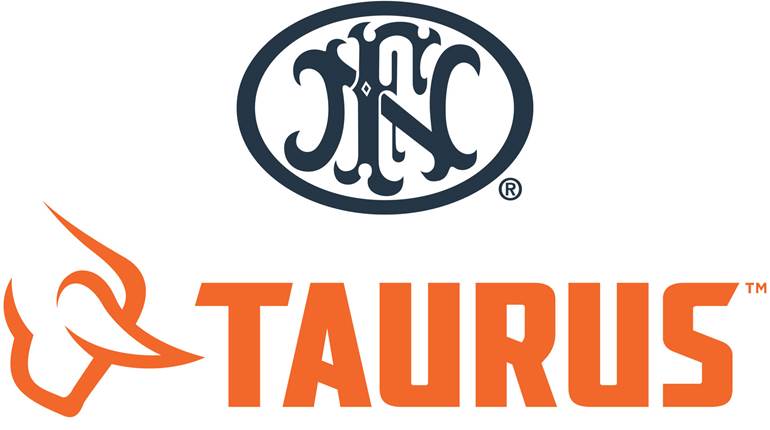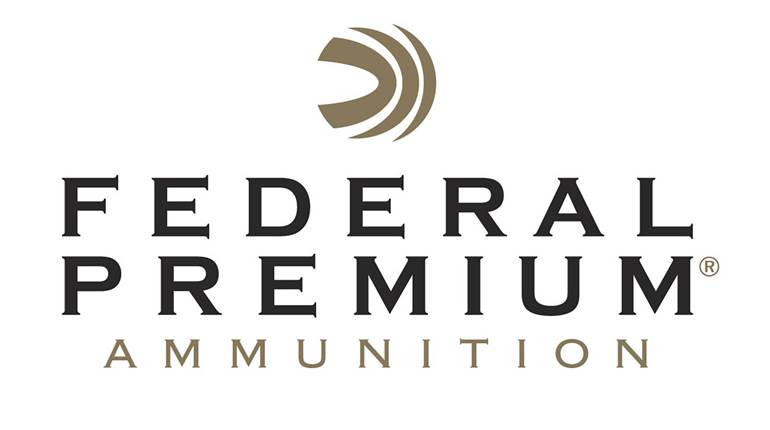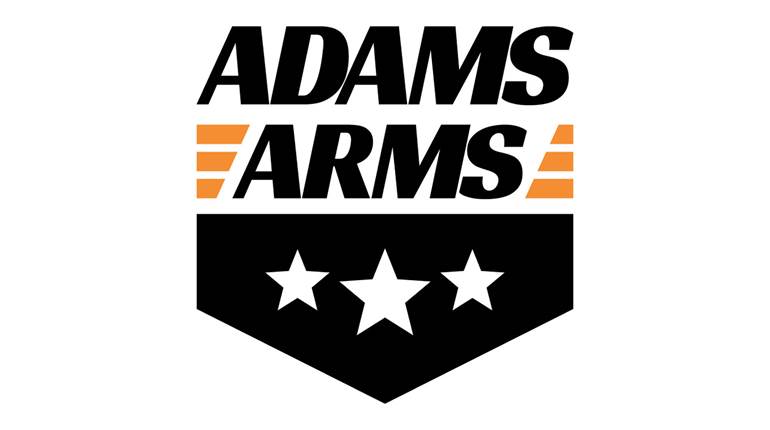
On August 18, United States Army Contracting Command awarded Federal Ammunition with a five-year contract to produce the AA40 5.56 NATO frangible ammunition (MK311 MOD 3) used by U.S. military branches during training. Total value of the firm, fixed-price agreement is $114,813,500 and estimated completion date is Aug. 17, 2027.
“This contract is historic,” said Jason Vanderbrink, president of Federal Ammunition. “It is the largest government contract awarded to Federal in its 100 years of operation and speaks volumes to the trust the United States military has in our American workforce assembling the best products for our servicemen and servicewomen.”
AA40 cartridges produced by Federal Ammunition were in use by the U.S. military before this latest announcement. In 2017, for example, the U.S. government tapped entered into an agreement, valued up to $52.8 million, to purchase the loads from the firm. An order worth $13.9 million was placed in August 2020, but that particular contract expired on June 25, 2022.
“Successfully executing on the AA40 contract requires large-scale-production capabilities combined with stringent quality control measures,” said Erik Carlson, senior director of operations at Federal’s headquarters located in Anoka, Minn. “Awards of this magnitude are validation of Federal’s committed workforce to meet these demands and provide the best ammunition possible for our U.S. armed forces time and time again.”
The AA40 cartridge wears a 50-grain frangible bullet with a gilding metal jacket and core composed of a non-toxic copper and tungsten powder matrix. It fragments into small pieces upon impact, minimizing over-penetration, reducing ricochet and maximizing safety to troops during live-fire exercises.
“Federal’s frangible training ammunition has been recognized as the best in the business by the United States military, and this latest U.S. Army awarded contract continues that recognition,” said Vice President of Government Sales David Leis. “The ammunition is designed to disintegrate into small fragments on impact, minimizing over-penetrating and ricochet hazards, making it ideal for training purposes.”





































